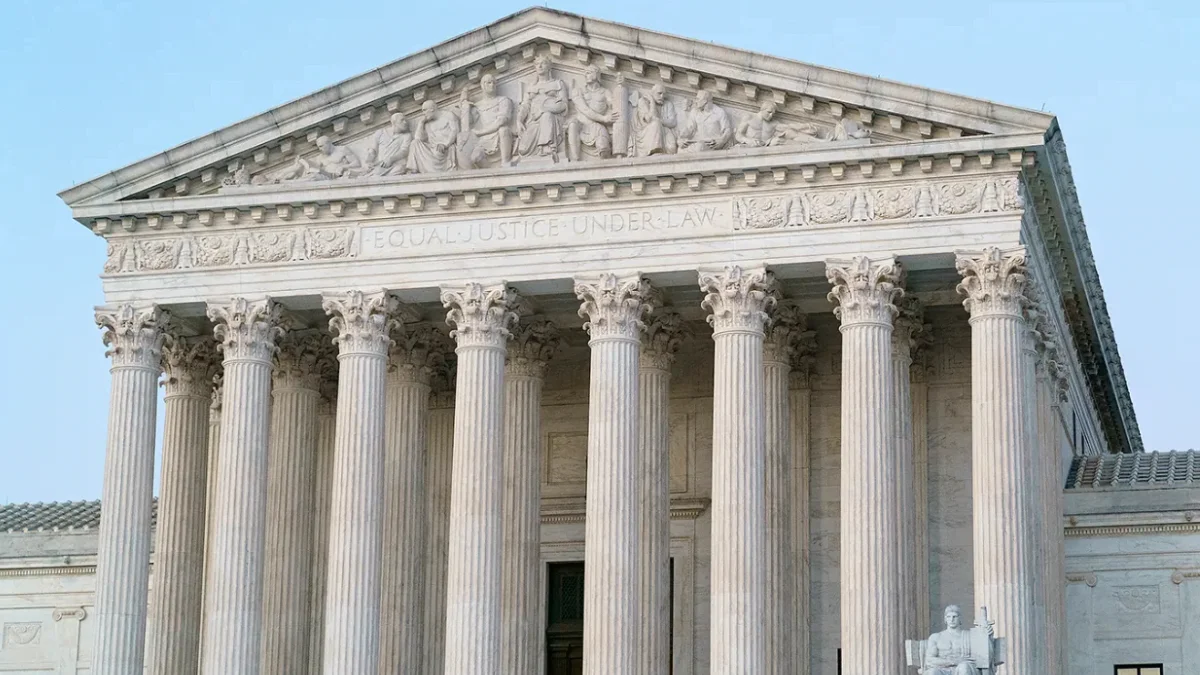The Great Western Buildings lawsuit has emerged as a significant legal battle, drawing attention from various stakeholders including investors, environmental groups, and the construction industry at large. This comprehensive article delves into the intricacies of the lawsuit, exploring its origins, the parties involved, the claims made, and its broader implications for the construction sector and environmental standards.
The Genesis of the Lawsuit
The Great Western Buildings lawsuit traces its origins back to early 2022 when a series of complaints were lodged by a coalition of environmental advocacy groups against Great Western Buildings, a prominent construction and development company. The lawsuit alleges that Great Western Buildings engaged in practices that violated environmental laws and regulations, specifically pertaining to the construction of commercial and residential properties in sensitive ecological zones.
The environmental groups argue that Great Western Buildings failed to conduct adequate environmental impact assessments, leading to significant harm to local ecosystems, including the destruction of habitats for several endangered species. The lawsuit also accuses the company of using materials and construction methods that are not environmentally sustainable, further exacerbating the ecological damage.

Parties Involved and Their Claims
The lawsuit is a complex legal battle involving multiple parties. On one side are the environmental advocacy groups, including prominent organizations like the Environmental Protection Alliance and the Green Future Foundation. These groups have consolidated their efforts to hold Great Western Buildings accountable for its alleged environmental violations.
On the opposite side is Great Western Buildings, backed by a consortium of investors and supported by several trade associations within the construction industry. Great Western Buildings denies the allegations, arguing that their projects comply with all relevant environmental regulations and that they employ state-of-the-art sustainable construction practices.
The core claims of the lawsuit revolve around alleged violations of environmental laws, including the Endangered Species Act and the National Environmental Policy Act. The plaintiffs seek not only to stop current and future projects that pose environmental risks but also to compel Great Western Buildings to undertake substantial remediation efforts for the damage already caused.
Legal Proceedings and Developments
The legal proceedings have been intricate and protracted, reflecting the complexity of the issues at hand. The case is being heard in a federal court, where both sides have presented extensive evidence and expert testimony. Key issues in the legal battle include the interpretation of environmental laws, the adequacy of environmental impact assessments conducted by Great Western Buildings, and the company’s adherence to sustainable building practices.
One significant development in the case has been the court’s decision to allow extensive discovery, including the examination of internal documents from Great Western Buildings. This has shed light on the company’s decision-making processes and its approach to environmental compliance. The discovery process has also enabled the plaintiffs to build a more detailed case against the company, uncovering evidence that may prove crucial in the trial phase.

Implications for the Construction Industry
The Great Western Buildings lawsuit has broader implications for the construction industry, especially concerning environmental sustainability and regulatory compliance. The case highlights the growing legal and reputational risks companies face when environmental considerations are not adequately integrated into their business practices.
For the construction industry, the lawsuit serves as a cautionary tale about the importance of environmental stewardship and the potential consequences of non-compliance with environmental laws. It also underscores the increasing scrutiny from both the public and regulators over the environmental impact of construction projects.
Looking Ahead: Potential Outcomes and Impact
As the Great Western Buildings lawsuit progresses, its outcome could set important legal precedents for environmental litigation against construction companies. A victory for the environmental groups could lead to stricter enforcement of environmental laws in the construction industry, compelling companies to adopt more sustainable practices. It could also result in significant financial penalties and remediation costs for Great Western Buildings, impacting its operations and potentially influencing the practices of other companies in the industry.
Conversely, if Great Western Buildings prevails, it might embolden the construction industry to push back against what they see as overly restrictive environmental regulations. However, even in this scenario, the publicity and scrutiny associated with the lawsuit are likely to encourage greater attention to environmental issues within the industry.

Conclusion
The Great Western Buildings lawsuit is a landmark case with far-reaching implications for the construction industry and environmental regulation. As it unfolds, it will not only determine the fate of one company but also shape the landscape of environmental responsibility in construction for years to come. Whether through legal mandates or the court of public opinion, the case emphasizes the increasing importance of sustainable and environmentally friendly practices in the construction sector. As we move forward, the lessons learned from this lawsuit will undoubtedly influence the future direction of construction projects and environmental stewardship.






